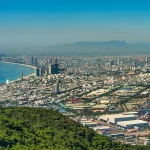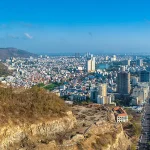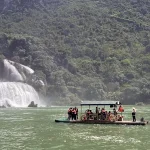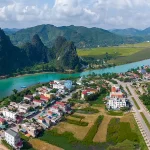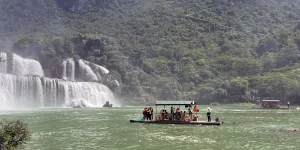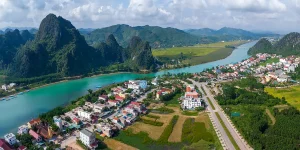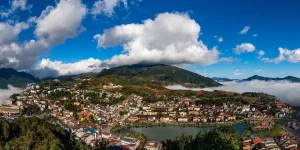Vietnam offers a perfect mix of busy cities, natural landscapes, and cultural sites that appeal to many types of travelers. In this guide, we’ll walk you through the best places to visit in Vietnam—starting with iconic and well-developed tourist destinations across different parts of the country, and ending with some hidden gems that are a bit harder to reach but offer more cultural authenticity and fewer crowds.
Table of Contents
Top Places to See in Northern Vietnam

Hanoi – Capital City with History and Food
Vietnam’s capital is a busy city filled with colonial buildings, narrow streets, and local food stalls. The Old Quarter combines tourist shops selling clothes and souvenirs with traditional workshops that produce everything from furniture to bamboo smoking pipes.
Take a walk around Hoan Kiem Lake and visit Ngoc Son Temple, which sits on a small island connected by a red wooden bridge.
The Temple of Literature, dating back to 1070, highlights Vietnam’s educational heritage. Hoa Lo Prison Museum reveals the country’s colonial and wartime history. At Thang Long Theatre, water puppet shows give visitors a look into local traditions. Hanoi stands out as one of the top stops for anyone exploring Vietnam.


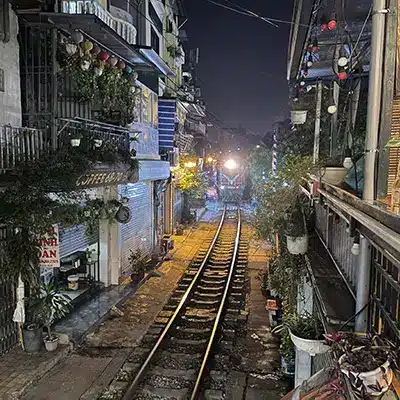
Practical Tips on visiting Hanoi: The Old Quarter is walkable, but Grab motorbikes are handy for longer trips. Pho costs $2-3 (50,000-75,000 VND). Early mornings are cooler for sightseeing. Expect crowds at popular sites.
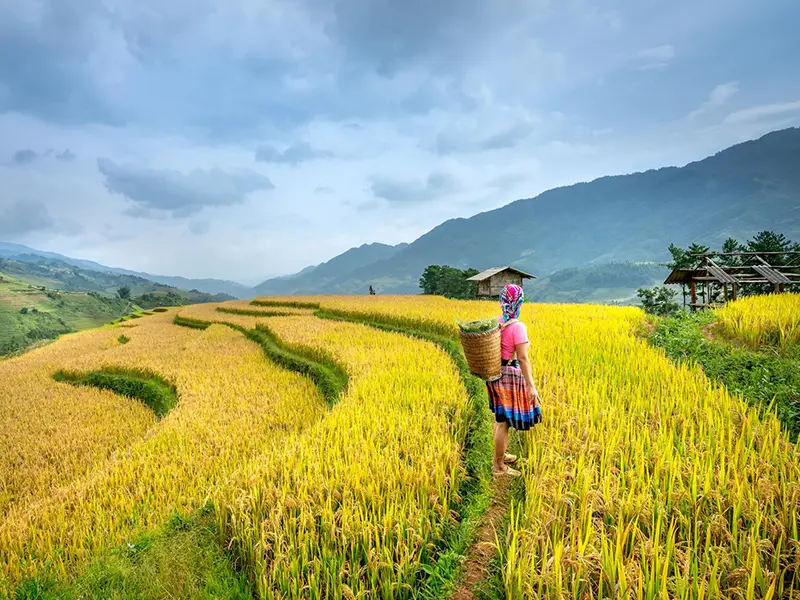
Sa Pa – Mountain Town with Rice Terraces
Sa Pa, in Lao Cai province, is a highland town famous for its stepped rice paddies and misty mountain scenery. Trekking routes take you to villages like Cat Cat and Ta Phin, home to H’Mong and Dao communities where you can visit traditional houses and handicraft markets. You can reach Fansipan, Vietnam’s highest peak at 10,312 feet (3,143 meters), by cable car or with a multi-day hike. The Saturday night market features textiles and local food.
Sa Pa is also one of the busiest tourist spots in Vietnam, especially among domestic travelers. Visiting on a weekday can help avoid the largest crowds. Despite its popularity, the cooler climate and mountain views still make it a great choice for travelers interested in nature and culture.
Taking an overnight train from Hanoi to Lao Cai is a popular option. Trains come in various classes, from basic sleepers to more comfortable cabins with added amenities. The journey gives you a chance to rest and arrive early, ready to explore the region.
>> Match your vibe with this city with our Sapa travel guide.
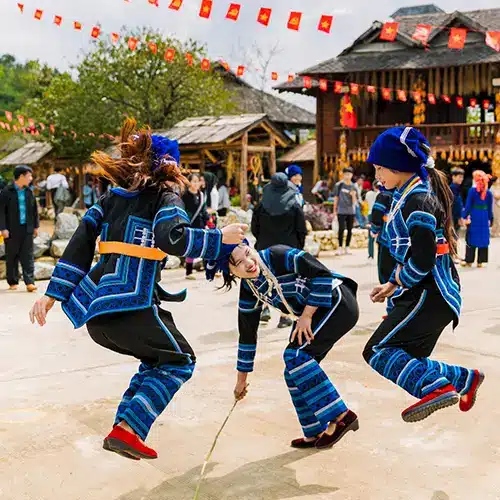
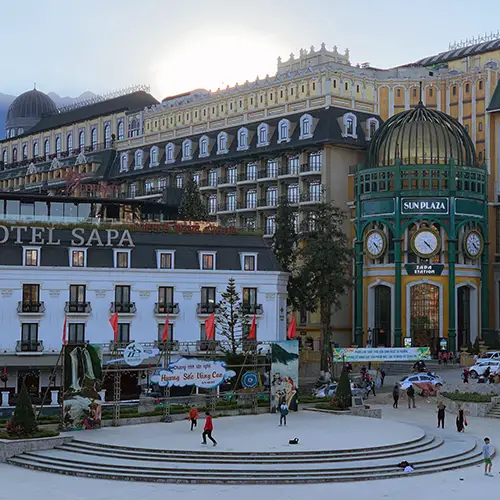

Practical Tips: Buses or trains from Hanoi take 5-6 hours; overnight trains are popular. Homestays cost $10-$20. Wear sturdy shoes for treks; fog is common in January-February. Local guides for hikes cost $15-$25.

Ban Gioc – Waterfall and Rural Landscapes
Ban Gioc, in Cao Bang province, is known for its tiered waterfall on the Vietnam–China border, one of the most scenic in the country. The falls, widest from June to September, are surrounded by green karst hills and a quiet rural landscape. While most visitors come just for the waterfall, the area offers much more to explore.
Nearby, Nguom Ngao Cave has a 0.6-mile (1-km) walk through chambers filled with stalactites and stalagmites. Around the countryside, you’ll also see traditional water mills used by Tay communities to grind rice. In addition, villages like Pac Rang still have wooden stilt houses, and locals often offer homemade corn wine to guests. In the surrounding area, a few old stone guesthouses and homestays provide simple but scenic places to stay—some just minutes from the falls.
>> More on this topic: Best waterfalls in Vietnam

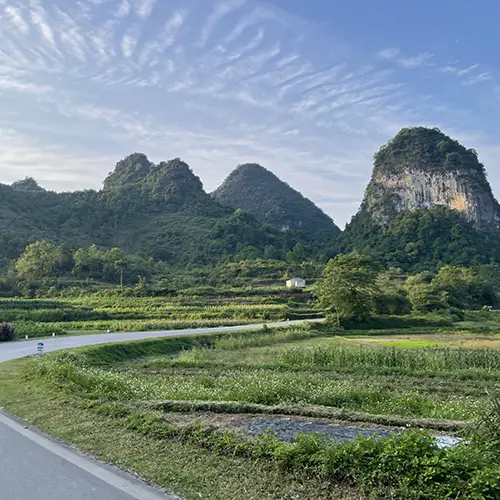

Practical Tips: The trip from Hanoi takes about 8 hours by bus to Cao Bang, then 2–3 more hours by local bus or taxi to the falls. Bring cash—ATMs are limited in the area.
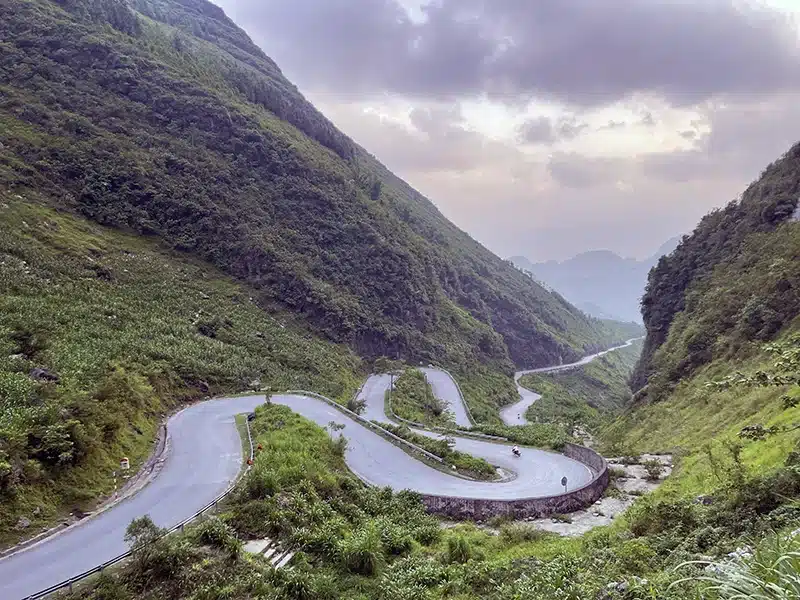
Ha Giang – Gateway to the Northern Loop
Ha Giang, in Vietnam’s northernmost province, is best known as the gateway to the Ha Giang Loop—a 186-mile (300-km) motorbike route winding through dramatic mountain passes, remote villages, and some of the country’s most breathtaking scenery. The city itself is mainly a transit hub, with not much to explore beyond a lively local market and a few nearby viewpoints like Quan Ba Heaven Gate.
For a more authentic glimpse into the region, head to Lung Tam village to see H’Mong artisans weaving hemp fabrics by hand, or ride out to Thon Tha village, where stilt houses and rice paddies preserve a slower, traditional way of life. Ha Giang’s rugged terrain and deep cultural roots make it a standout for Vietnam travel highlights—especially for those willing to go the distance.


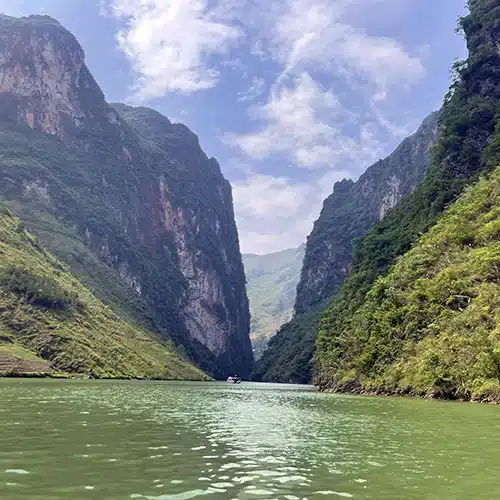
Practical Tips: Most Ha Giang Loop tours include transfer from Hanoi, saving you the hassle of booking separate transport. The bus ride takes around 6–7 hours. If you want to truly experience the loop—at your own pace and on your own terms—there’s no debate: go unguided.
Group tours often travel in large convoys, rush through stops, and follow strict schedules that limit how much you actually get to enjoy.
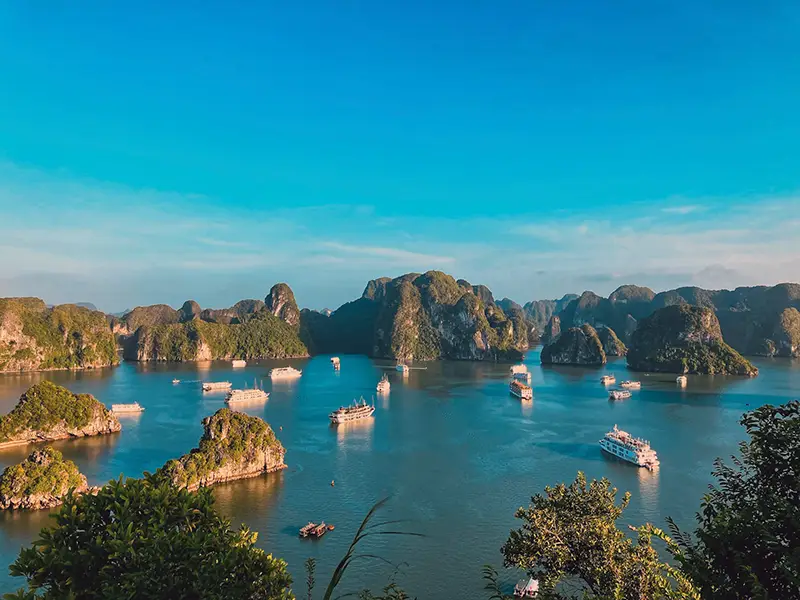
Halong Bay – Limestone Karsts and Cruises
Halong Bay features limestone peaks rising from green waters. A cruise lets you see caves like Sung Sot, with its stalactites and stalagmites, or kayak in calmer areas. Day trips cover the main sights, while overnight cruises include meals and stops at floating villages.
Tour options range from high-end, multi-day cruises with onboard cabins and full service, to more budget-friendly choices—like taking a ferry to Cat Ba Island and joining a one-day tour of Lan Ha Bay, which includes kayaking and sightseeing. The bay is a major draw for top Vietnam destinations, though it can get busy. Lan Ha Bay nearby has similar views with fewer boats.
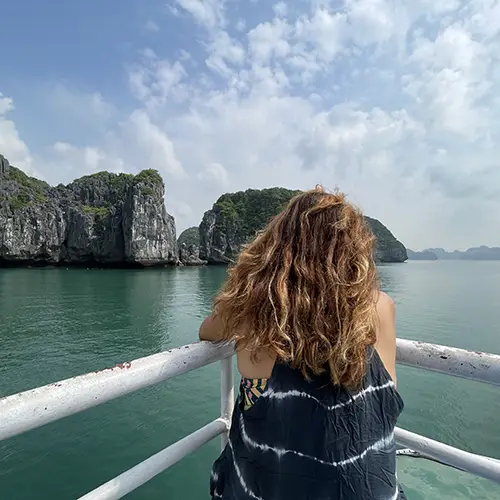

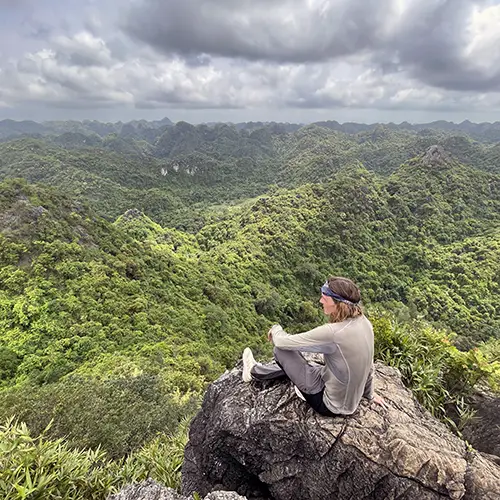
Practical Tips: Standard day cruises from Halong start at $50, while overnight options range from $100–$300. Budget travelers can take a ferry to Cat Ba Island and join a one-day Lan Ha Bay tour with kayaking for as low as $25–$35. If you’re on a road trip, ferries can carry motorbikes and cars, making this an easy stop for independent travelers. Book through trusted operators to avoid cramped boats.
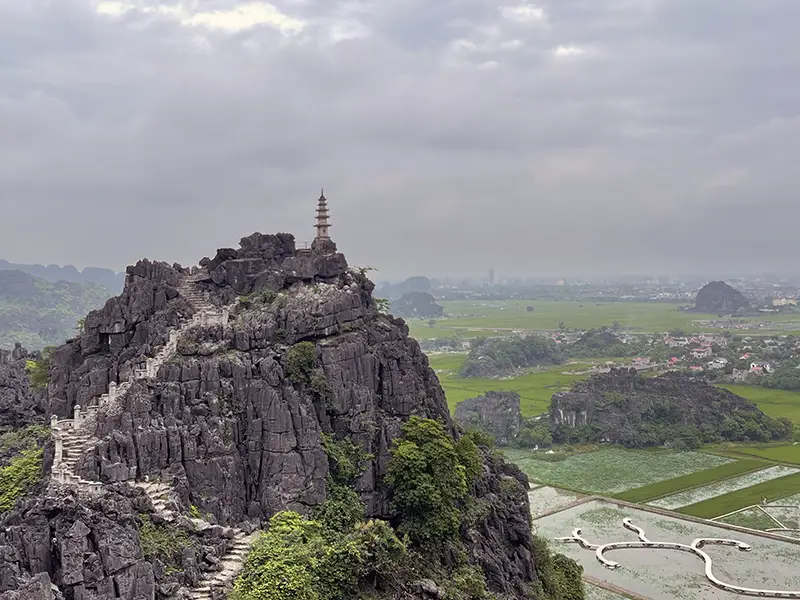
Ninh Binh – Rivers and Limestone Cliffs
Ninh Binh, is a province just a few hours south of Hanoi, known for its dramatic limestone cliffs, winding rivers, and green rice fields. The main village for visitors is Tam Coc, where you can take a peaceful 1–2 hour sampan boat ride through caves and between karst formations, rowed by local women using their feet.
Another popular area is Trang An, with longer boat tours that pass temples, grottoes, and winding cave tunnels—one of which stretches over 0.6 miles (1,000 meters), making it the longest cave accessible by boat in the area.
For wide views over the countryside, climb the 500 stone steps to the top of Hang Mua Peak. The area is also home to Bai Dinh, the largest Buddhist monastery in Vietnam, with giant statues and peaceful walking paths.
Additionally, the nearby Bear Sanctuary Ninh Binh offers a meaningful visit, with rescued moon bears living in spacious natural enclosures. Overall, Ninh Binh is easy to reach and offers a slower, scenic contrast to city life.
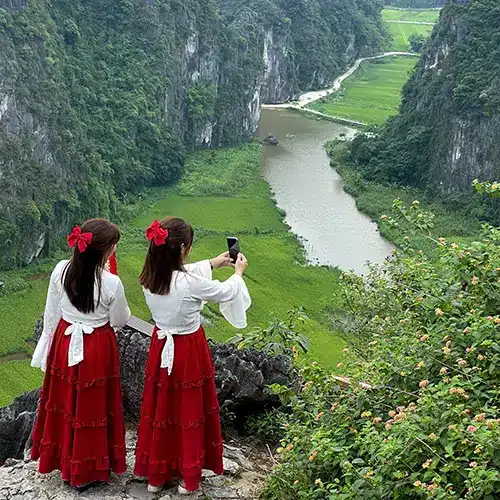
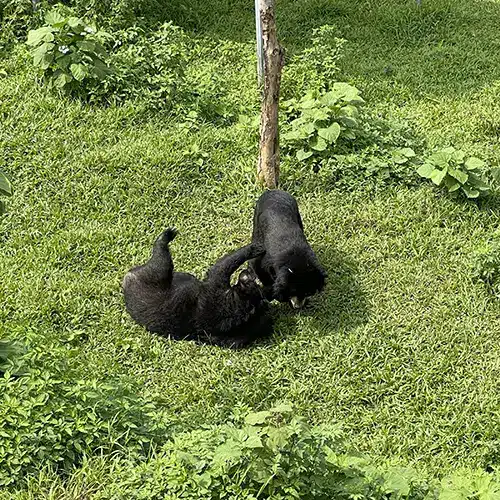
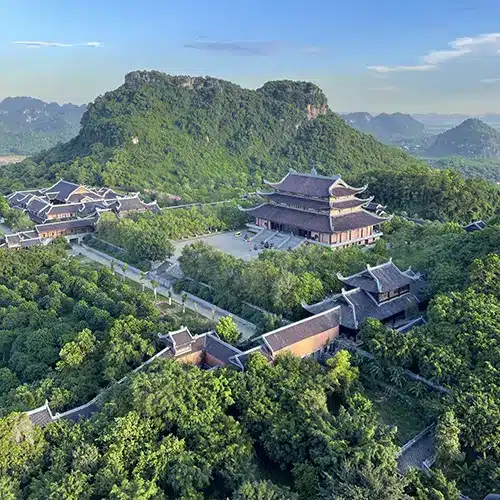
Practical Tips: Bike rentals cost $5 per day for exploring. Spring (February-April) has green fields; summer can be hot and humid.
Best Places to Visit in Central Vietnam
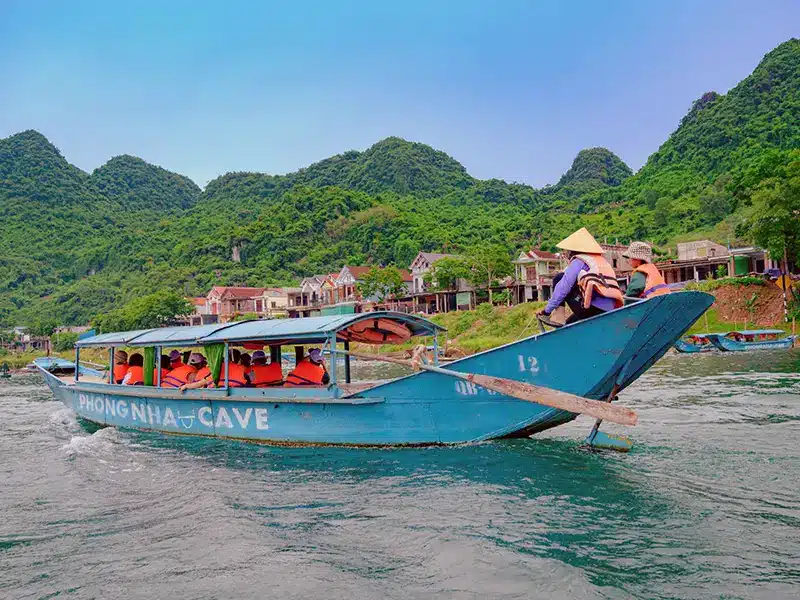
Phong Nha – Caves, Jungle, and Karst Landscapes
Phong Nha, in Quang Binh province, is Vietnam’s top destination for cave exploration. The area is filled with limestone cliffs, jungle-covered hills, and underground river systems. It’s also home to Son Doong, the largest cave in the world—an enormous cave complex with its own ecosystem. However, tours to Son Doong are extremely limited, expensive, and often booked years in advance.
Thankfully, there are many other caves to explore without the price tag. Phong Nha Cave is accessible by boat and features an underground river. Paradise Cave offers dry paths and massive chambers you can explore on foot. For more active travelers, caves like Hang Tien, Tu Lan, and Hang En offer trekking, swimming, and overnight tours through remote jungle terrain.
>> To plan your route and choose which caves fit your travel style, read our full Phong Nha Travel Guide.
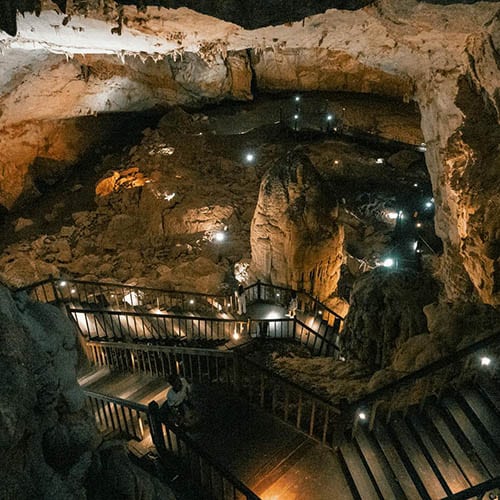
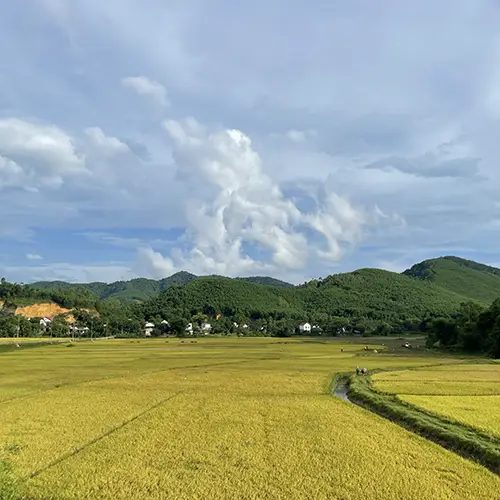
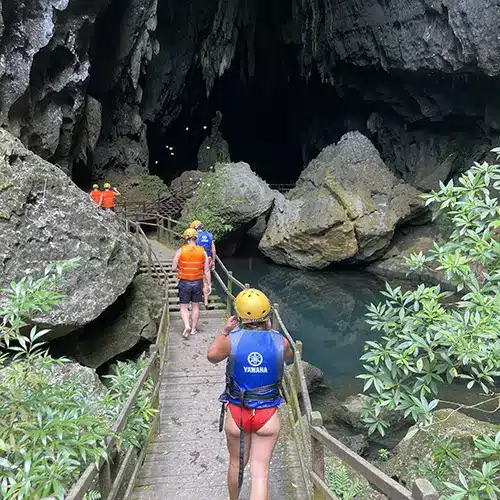
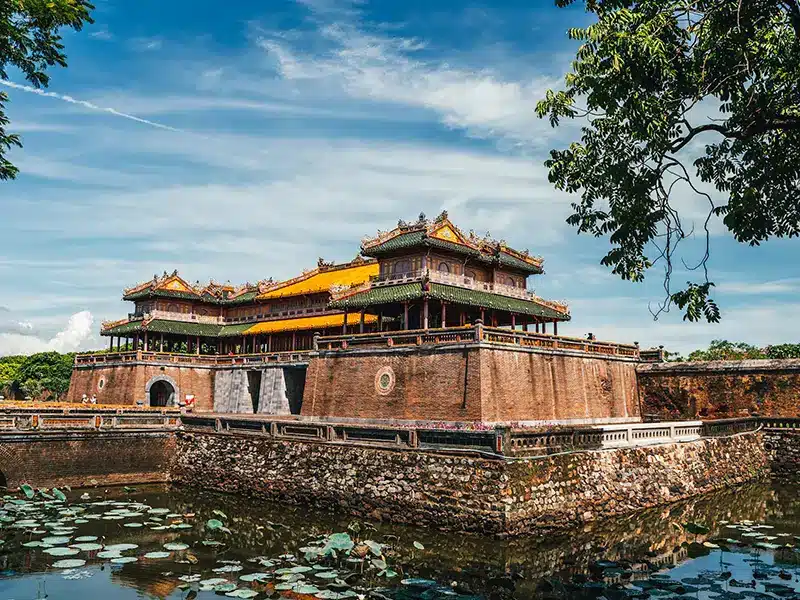
Hue – Imperial History and Riverside Views
Hue, once Vietnam’s imperial capital, still holds traces of its royal past. The Citadel sits at the center—a large walled complex with palaces, courtyards, and gates. Parts of the Imperial City have been restored, offering a glimpse into the former seat of the Nguyen Dynasty.
The Perfume River cuts through town. Along its banks stands Thien Mu Pagoda, a 17th-century tower that’s one of the oldest in central Vietnam. It’s a peaceful spot with views over the water.
Outside the city, you’ll find royal mausoleums built between the early 1800s and early 1900s. The most visited include the tombs of Emperors Khai Dinh, Minh Mang, and Tu Duc—each set among gardens, lakes, and stone pathways.
Hue also works as a base for DMZ tours, visiting war sites like the Vinh Moc Tunnels.
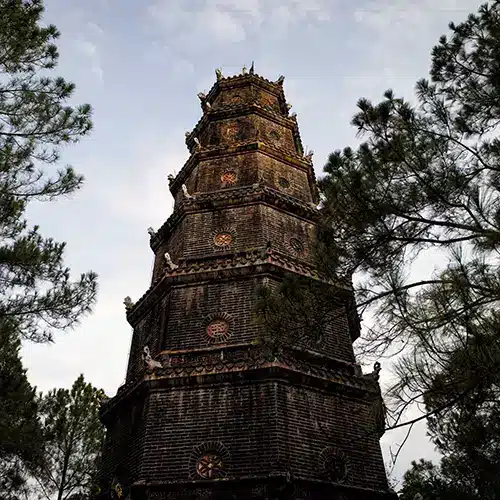
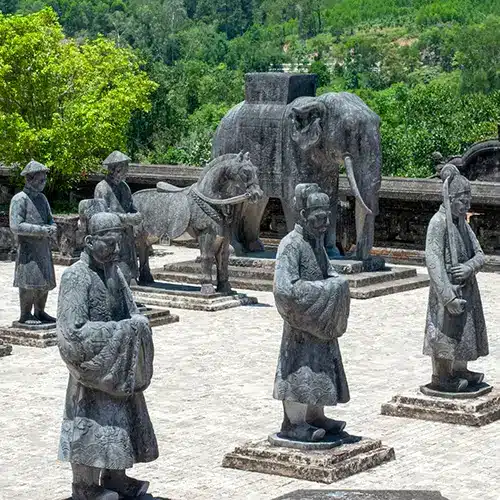
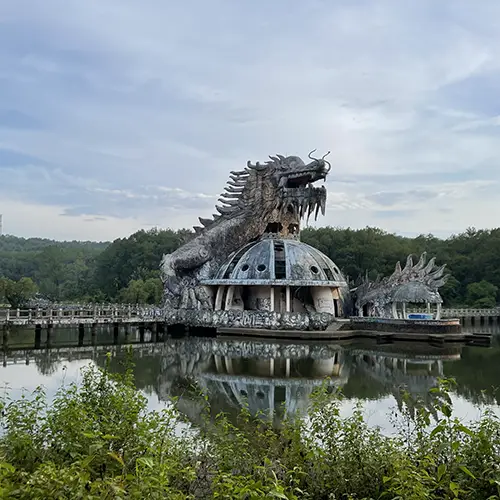
Practical Tips: Imperial City entry is $6.50 (150,000 VND). Rent a bicycle for $3 (75,000 VND) to explore the Citadel. September to November is rainy, so bring a poncho. Most sights are flat and walkable.
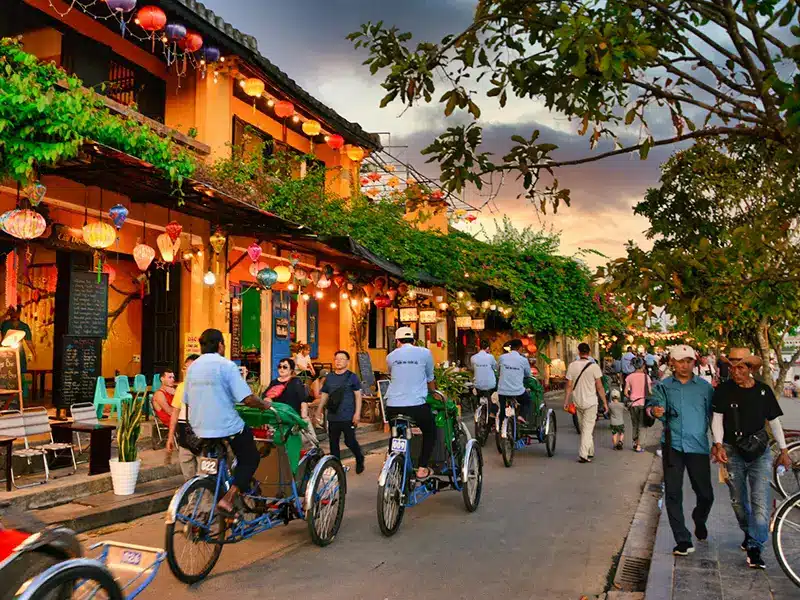
Hoi An – Vietnam’s Most Romantic Town with Lantern-Lit Streets
Hoi An’s Old Town is known for its lanterns, ochre-colored buildings, and a blend of cultural influences from Chinese, Japanese, and European traders. The narrow streets are lined with historic shophouses, small temples, and tailoring shops that offer custom clothes, often ready within a day. In the evening, the riverside fills with lights and visitors. Short boat rides with floating lanterns are a popular activity.
The town is also known for cao lau, a noodle dish unique to Hoi An, made with water from an ancient well and tied to centuries of local history.

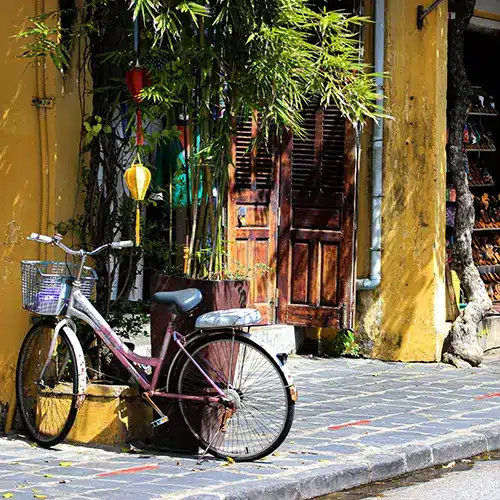
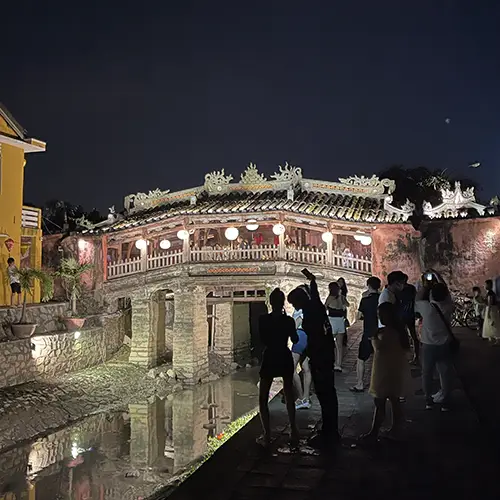
While the atmosphere is charming, it’s important to note that Hoi An is one of Vietnam’s most overcrowded spots, particularly after dark.
An Bang Beach is just 3 miles (5 km) away, and the temple ruins of My Son can be visited on a half-day trip to escape the crowds.
Practical Tips: Weekdays are slightly less crowded—visiting midweek can help avoid the worst of the evening rush.
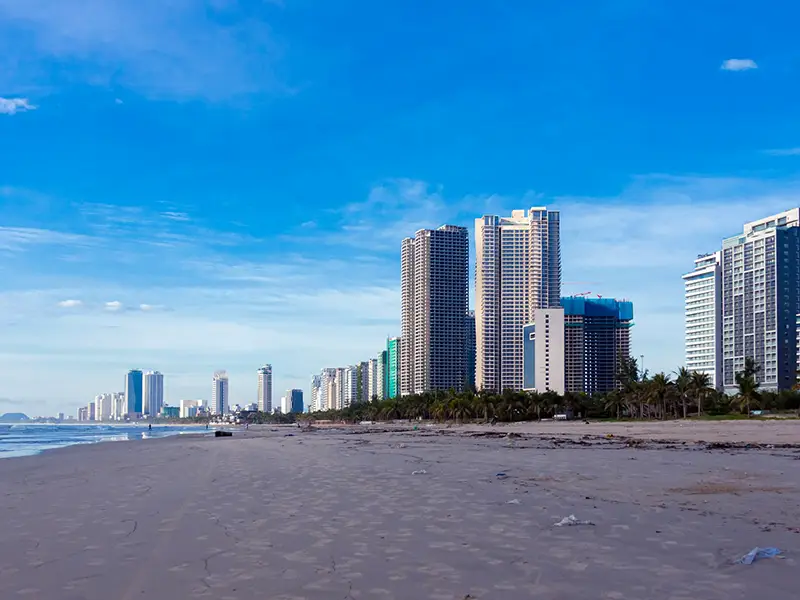
Da Nang – City with Beaches and Hills
Da Nang is a modern coastal city with a mix of beaches, viewpoints, and city life. My Khe Beach is good for swimming, walking, or relaxing by the shore. The Marble Mountains, located just outside the city, have caves, pagodas, and views over the coastline.
The Dragon Bridge is one of Da Nang’s main landmarks. It breathes fire and water on weekend nights and draws big crowds. Rooftop restaurants and bars offer views of the skyline and the sea.
For nature and scenery, head to the Hai Van Pass—a coastal road with curves and panoramic views. The Son Tra Peninsula nearby is home to the 220-foot (67-meter) tall Lady Buddha statue, visible from across the city. Ba Na Hills, about 25 miles (40 km) away, features the famous Golden Bridge held up by giant stone hands.
>> Find more things to do in Da Nang.
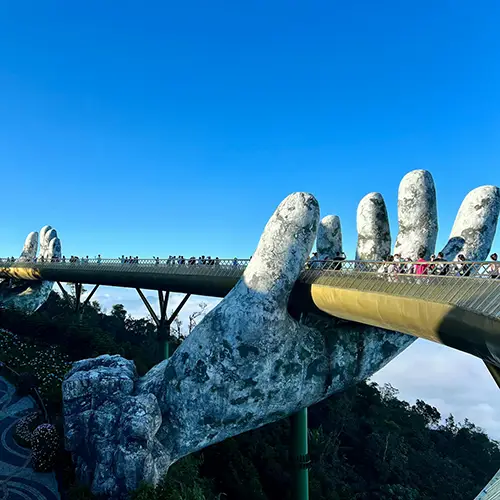
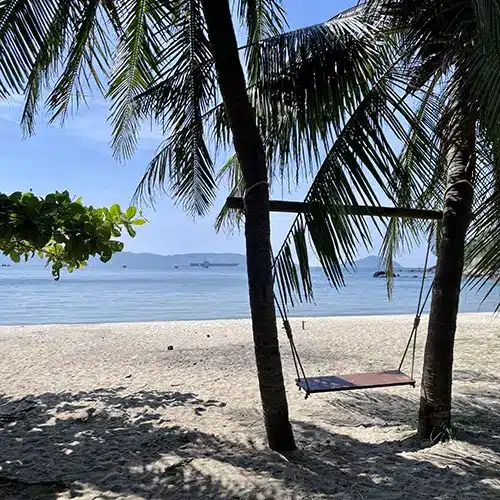

Practical Tips: Ba Na Hills tickets are $35, including cable cars. Marble Mountains entry is $2. January to August is best for beach weather.
Southern Vietnam Highlights Worth Visiting
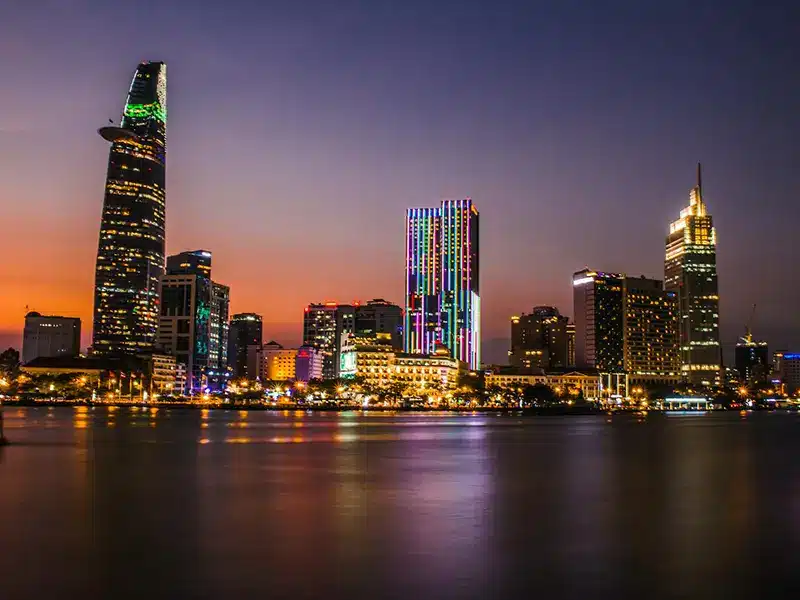
Ho Chi Minh City – Urban Energy and Landmarks
Ho Chi Minh City, or Saigon, is Vietnam’s largest city and a hub of energy, traffic, and street food. District 1 has colonial-era landmarks like the Notre-Dame Basilica and the Central Post Office. Ben Thanh Market sells everything from clothes and souvenirs to popular local dishes like com tam (broken rice). The War Remnants Museum offers a stark look at the Vietnam War through photos and artifacts. At night, Bui Vien Walking Street is busy with bars, music, and nightlife.
Two of the most popular day trips from the city are the Cu Chi Tunnels and the Mekong Delta. Both are heavily visited but still offer something worth seeing. At Cu Chi, visitors can crawl through wartime tunnels and learn how they were used during the conflict. The Mekong Delta trip gives a glimpse of river life, with boat rides through small canals and stops at farms or craft villages. Though touristy, these tours give a break from the city and a look at different sides of southern Vietnam.
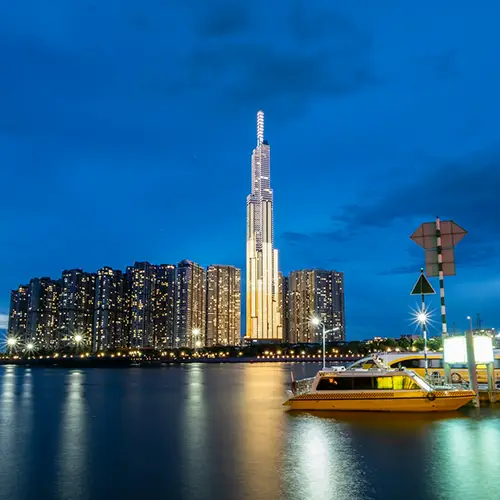
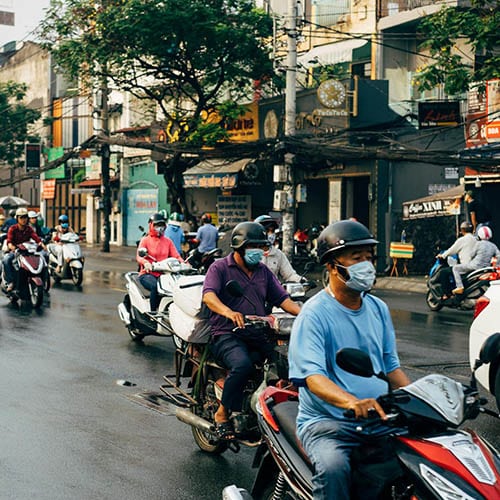
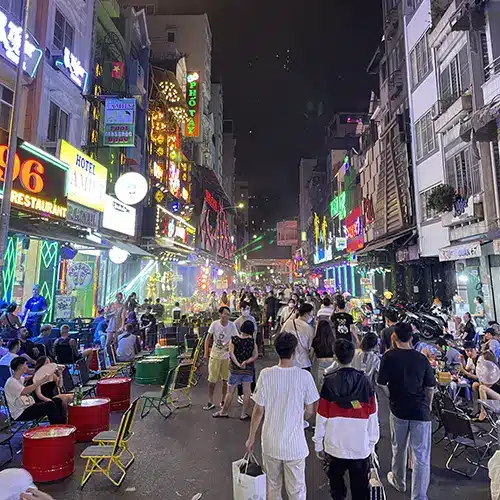
For panoramic views of the city, head to one of its two major observation decks. The Saigon Skydeck at Bitexco Financial Tower offers 360-degree views from the 49th floor, with tickets priced around $10 USD. Landmark 81, Vietnam’s tallest building, features the SkyView Observatory on floors 79 to 81, with ticket prices ranging from $12 to $20 USD depending on the day of the week .
Practical Tips: Museum tickets cost $1.50–$2. Grab motorbike taxi rides cost $1–$2 for short distances. District 1 is central for hotels. Traffic is heavy—plan extra time for getting around.
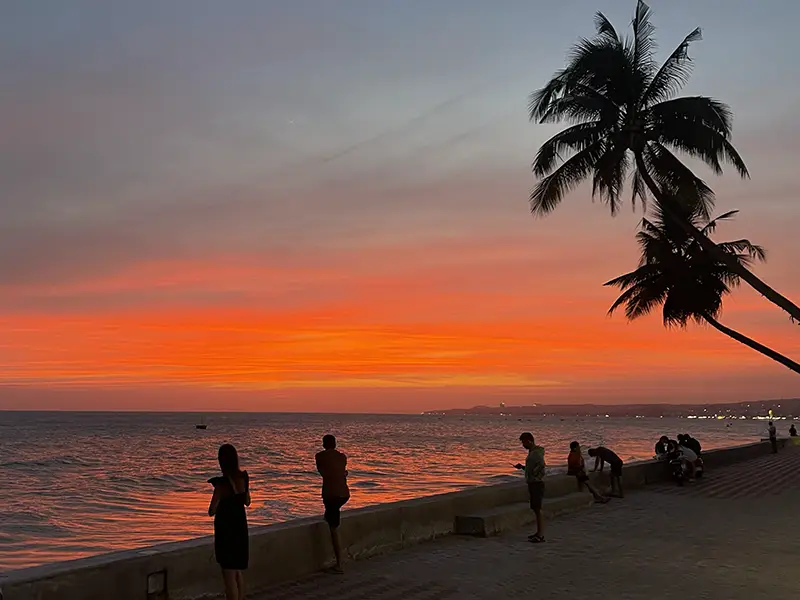
Mui Ne – Sand Dunes and Coastal Adventures
Mui Ne, in Binh Thuan province, is best known for its white sand dunes and strong winds that make it one of Vietnam’s top spots for kitesurfing, especially during the high season from November to April. The White Sand Dunes, about 16 miles (25 km) from town, are the main attraction—visitors can walk across the slopes, ride ATVs, or catch sunrise over the sand. The smaller Red Sand Dunes, closer to the center, are good for sunset photos.
Though Mui Ne is often promoted as a beach destination, the beaches here are generally narrow with murky water—the sea color is rarely striking. Still, the area has more to explore. The fishing village viewpoint offers a wide view over colorful boats docked along the coast. The Fairy Stream is a shallow, walkable creek cutting through soft red and white sand formations.
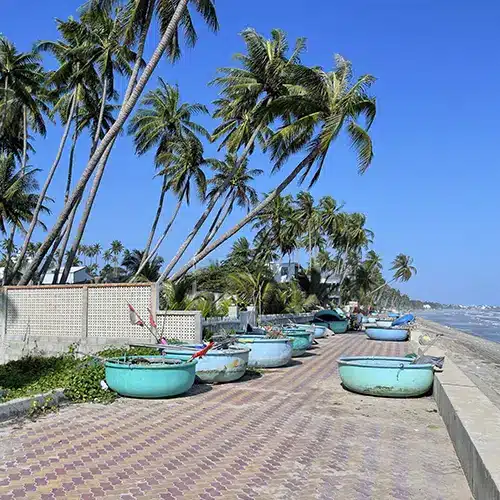
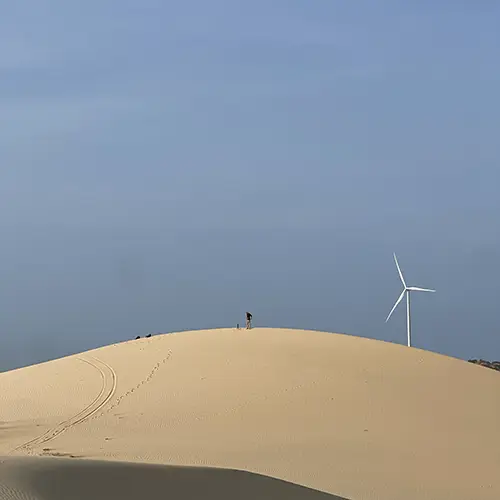
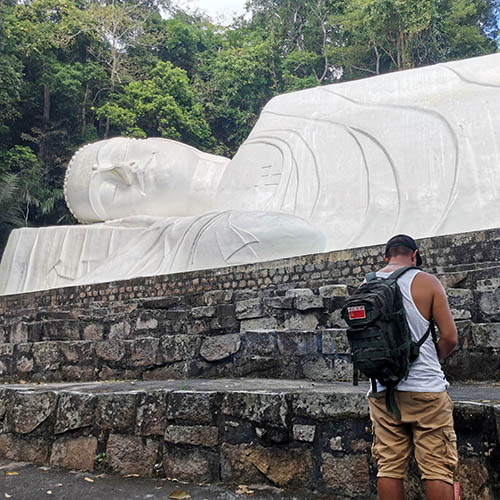
For a day trip, head to Ke Ga Lighthouse or hike up Ta Cu Mountain to see panoramic views and Vietnam’s longest reclining Buddha statue. For something quieter, visit Chùa Thiền Quang, a peaceful temple where visitors are offered traditional uniforms to wear during their visit. Seafood bò ké restaurants along the roadside serve up fresh local dishes in the evening.
Practical Tips: Buses from Saigon take 4-5 hours; fares are $6-$10. Motorbike rentals cost $5-$10 daily. November to April is dry and windy, ideal for water sports.

Dalat – Cool Weather, Coffee, and Waterfalls
Dalat, in Lam Dong province, was originally settled by the French as a mountain retreat, and it still carries a distinct charm with pine forests, colonial villas, and a cool highland climate. Sitting at 4,900 feet (1,500 meters), it’s a popular escape from the southern heat.
The city has a strong coffee culture, with hillside cafés offering views over the town or surrounding forest. The road leading up is winding but smooth, making the ride part of the experience.
Popular waterfall stops include Pongour, and Datanla. Datanla is the most built-up and also offers canyoning tours, a favorite among adventure travelers.
The Crazy House, a surreal guesthouse with twisted staircases and odd-shaped rooms, is one of Da Lat’s main attractions. Not far away, the 100 Roofs Bar is a multi-level maze of tunnels and staircases—more than just a gimmick, it’s easy to actually get lost inside.

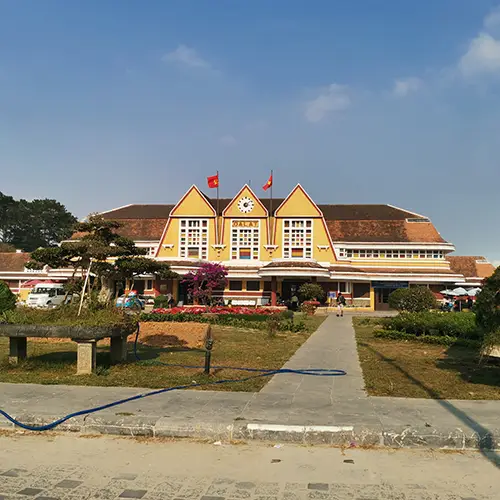

Practical Tips: Canyoning tours at Datanla start from $50. Bring layers—temperatures drop at night. Motorbike rentals cost $6–$10; roads are curvy but well-paved.
>> For a deeper look at the city’s highlights, travel tips, and local experiences, check out our Best Things to Do in Dalat guide.
Vung Tau – Coastal Getaway Near Saigon
Vung Tau, in Ba Ria–Vung Tau province, is one of the easiest beach getaways from Ho Chi Minh City. You can reach it by bus in around two hours or take a scenic boat ride straight from the city center, arriving at the coast without the traffic.
The city has two main beaches—Front Beach is quieter, while Back Beach is longer and more popular for swimming. The Christ the King statue stands 105 feet (32 meters) tall on a hilltop and offers panoramic views after a short climb. The Vung Tau Lighthouse is another good viewpoint, reachable by a steep motorbike road.
Other local sights include the Whale Temple, honoring the sea spirit in coastal folklore, and the White Palace, a former French governor’s residence. Seafood is a big draw here, especially grilled squid and crab sold in local markets and seaside stalls.
Practical Tips: Fast ferries from Ho Chi Minh City take 2 hours and cost around $15. Weekdays are less crowded. Bring cash for food stalls and beach rentals—card payments are limited.
>> Explore more in our guide to the best things to do in Vung Tau.
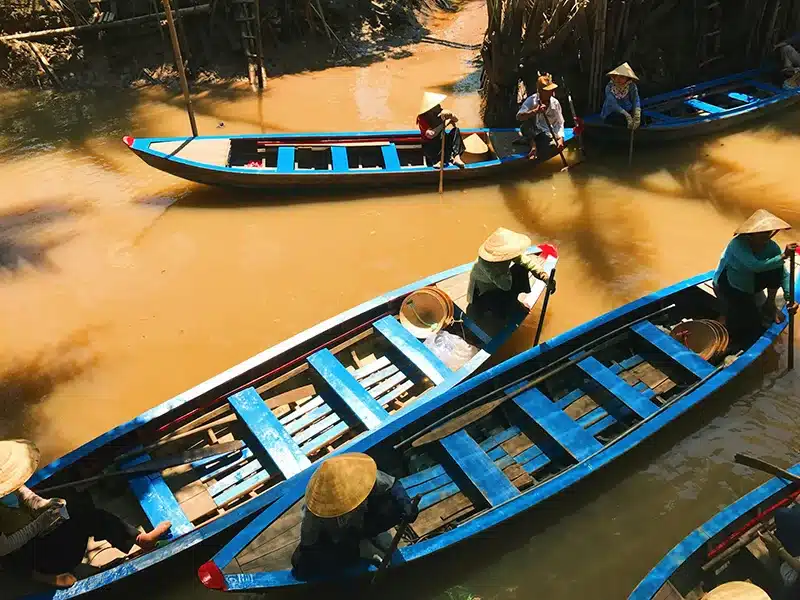
Mekong Delta – Rivers and Markets
The Mekong Delta, south of Ho Chi Minh City, is a vast region of rivers, canals, and farmland. It was once known for its strong river culture and floating markets, making it a popular place for overnight stays. But as bridges replaced boat routes and daily life moved off the water, much of the region’s authenticity has faded. Today, most floating markets operate mainly for tourists, and many travelers now visit on day trips from the city.
Still, for those looking to escape the crowds and see a different side of Vietnam, towns like Can Tho and Ben Tre have more to offer. You can explore small canals by sampan, visit coconut groves, and stay in family-run homestays that serve home-cooked meals. While it may no longer feel untouched, the Mekong Delta remains a worthwhile stop for a slower pace and rural scenery.
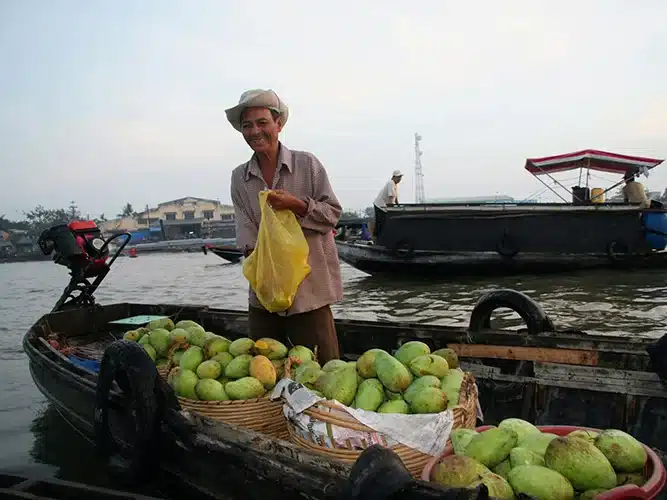
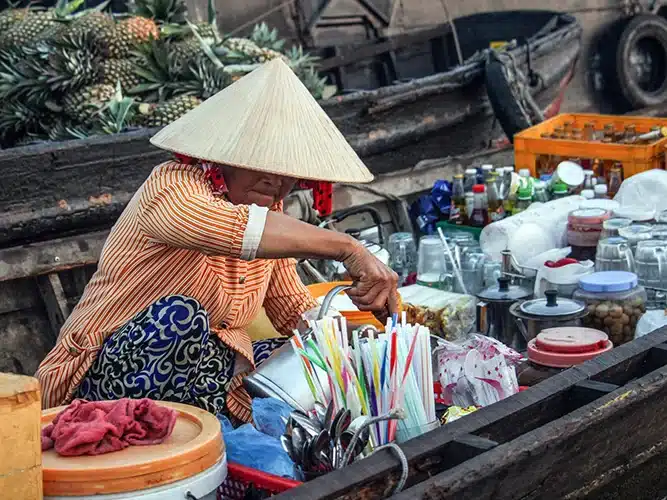
Practical Tips: Early mornings offer the most authentic experience—floating markets like Cai Rang start before sunrise and wind down by mid-morning.
Best Islands to Visit in Vietnam for Beach Lovers
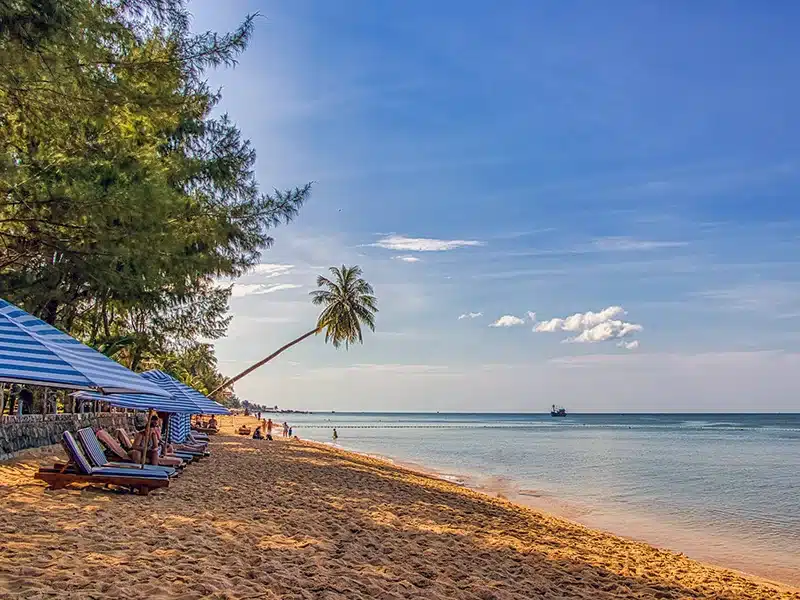
Phu Quoc Island – Beaches and Resorts
Phu Quoc, located in the Gulf of Thailand, is home to some of the best beaches in Vietnam. Sao Beach has clear water and white sand, while Long Beach is lined with restaurants and bars. The island also has natural spots like Starfish Beach, where shallow waters reveal dozens of starfish near the shore.
Phu Quoc is growing fast. Large-scale developments, including amusement parks and even entire new districts, are reshaping the island. Construction can be active in some areas, so expect a mix of calm beaches and busy growth zones.
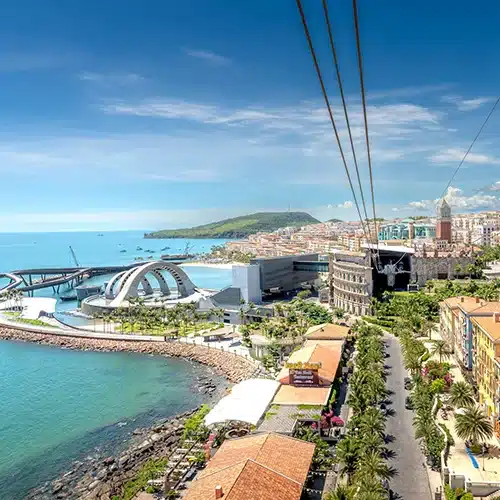
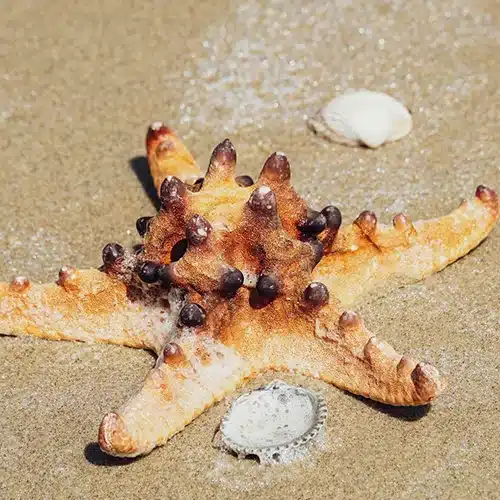

The An Thoi Islands off the southern coast offer snorkeling trips, and the Hon Thom cable car—one of the longest overwater cable car rides in the world—gives views over the sea and smaller islands. Pearl farms and fish sauce factories also show part of the island’s traditional economy.
Practical Tips: Flights from Saigon or Hanoi take 1-2 hours. Motorbikes cost $5-$10 daily. November to April is dry; May to October is rainy but less crowded. Book resorts early.
Con Dao Islands – Beaches and History
Con Dao, a remote archipelago, has clear waters and sandy beaches like Bay Canh. The islands were once a prison site; museums detail this history. Con Dao National Park offers trails and turtle nesting tours. It’s a quieter spot among underrated places in Vietnam.
Practical Tips: Flights from Saigon take 1 hour; ferries take 3-4 hours. Hotels cost $20-$100 per night. March to September has calm seas. Limited dining options—bring snacks.

Cao Bang – Mountains and Waterfalls
Cao Bang, in northern Vietnam, sits between two major tourist routes—the Ha Giang Loop and the road to Ban Gioc Waterfall—but remains largely overlooked. This area is one of the most rewarding in the north for travelers looking to get off the tourist trail. A motorbike ride through the region offers sweeping views, quiet mountain roads, and a glimpse into rural life that feels unchanged.
One of the standout spots is Angel Eye Mountain, a massive karst formation with a circular hole through its center, surrounded by open highland terrain. The ride out there passes through forging villages, incense-making communities, and valleys dotted with wooden stilt houses. For those looking to escape the crowds and explore at a slower pace, Cao Bang is a hidden gem worth the detour.


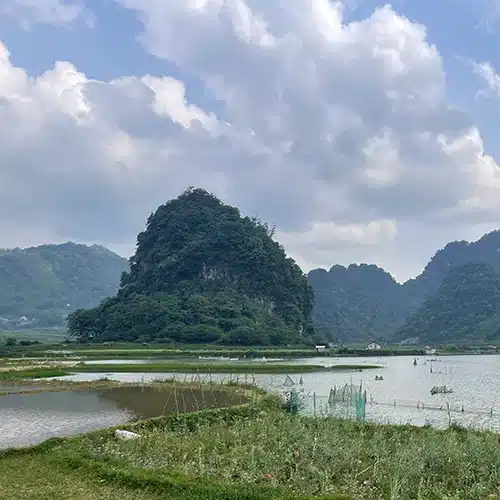
Practical Tips: Motorbikes cost $10-$15 daily; roads are winding. Homestays cost $10 with meals. Buses from Hanoi take 8 hours. June to September is rainy but lush.
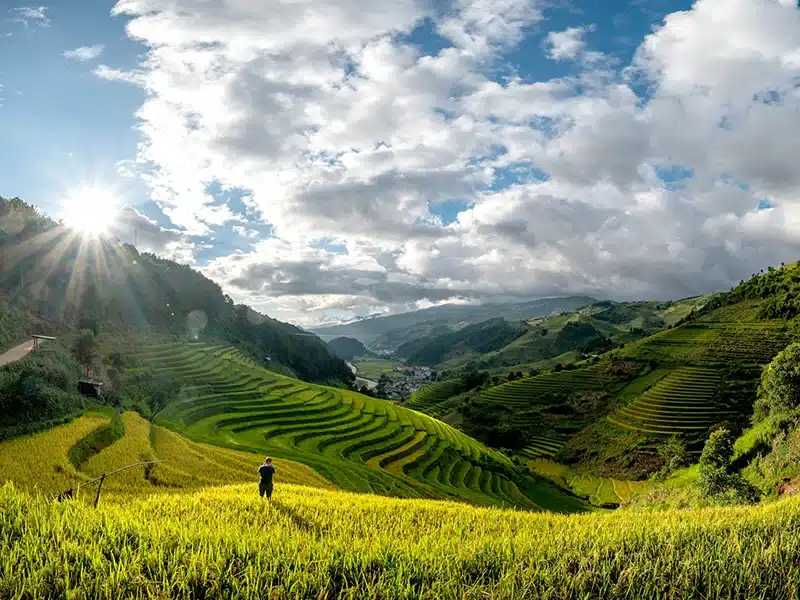
Mu Cang Chai – Rice Terraces
Mu Cang Chai, in Yen Bai province, is known for its layered rice terraces carved into steep hillsides. From September to October, just before harvest, the fields turn golden and attract photographers from across the country. Surprisingly, one of Vietnam’s most iconic rice paddy images—a circular terrace often mistaken for a helicopter landing pad and sometimes even used to promote Sapa—actually comes from this region.
Staying in a local H’Mong homestay offers a closer look at daily tribal life, with shared meals and quiet surroundings. Khau Pha Pass, nearby, has roadside viewpoints where you can stop and take in the mountain scenery. Mu Cang Chai is a scenic and culturally rich stop that still feels remote.
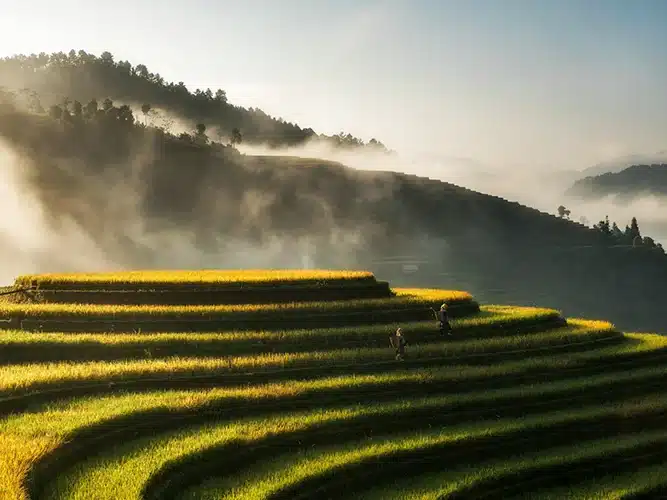
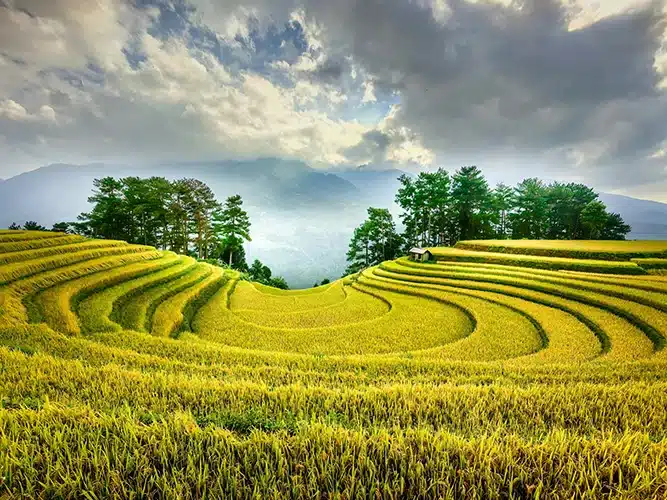
Practical Tips: Buses from Hanoi take 7–8 hours, but the area is not well connected—coming with your own transport is more reliable. Homestays cost $10–$15. September is peak season—book early. Bring warm clothes and enough local cash, as ATMs are limited.
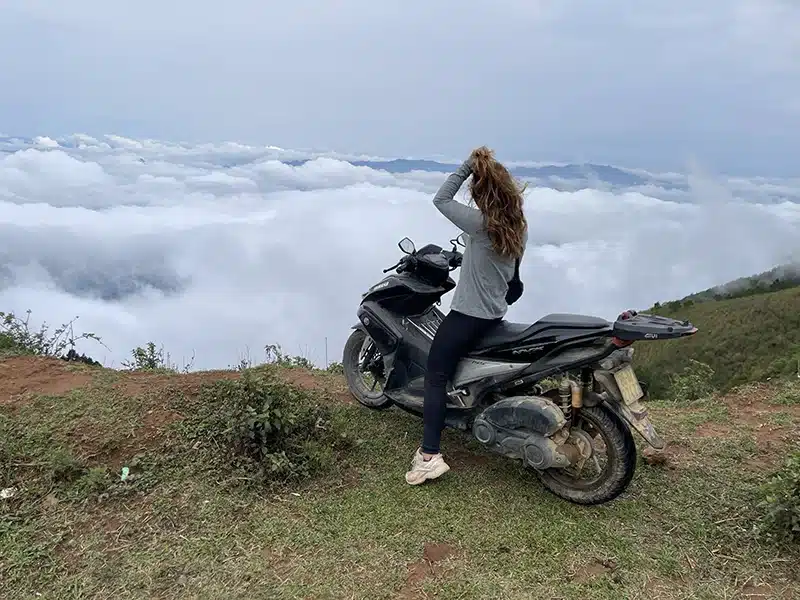
Ta Xua – Cloud Views and Ridge Trails
Ta Xua, in Son La province, is a remote mountain region known for its high-altitude roads, sharp ridgelines, and cloud-covered valleys. The most well-known trail is the “Dinosaur Spine,” a narrow ridge with open views on both sides. In the mornings, thick cloud layers often cover the valleys, creating a striking contrast with the peaks above.
Many homestays offer glass-walled rooms where you can wake up with clear views over the clouds. The drive itself is part of the experience, with roads that climb above cloud level and cut through quiet H’Mong villages. Ta Xua suits travelers who enjoy hiking, mountain scenery, and destinations that feel far from the usual routes.



Practical Tips: Reach Ta Xua by motorbike or car from Hanoi (5-6 hours). Guides for hikes cost $20-$30. The best cloud views are from November to February.. Trails require sturdy shoes.
Plan Your Route, Choose Your Experience
Vietnam isn’t a one-size-fits-all destination—and that’s exactly what makes it special. Some places dazzle with landmarks and energy, others draw you in slowly with quiet views and real connection.
With so many stories to tell and landscapes to explore, the hardest part is narrowing it down. We hope this guide gave you a clearer sense of which of the best places to visit in Vietnam feel right for you, your trip style, and your timing.

